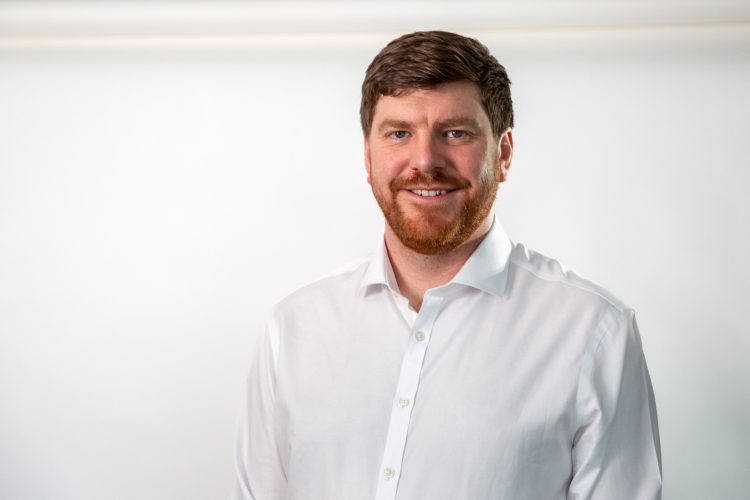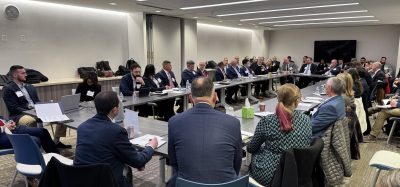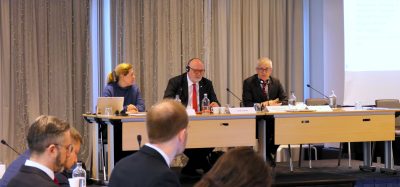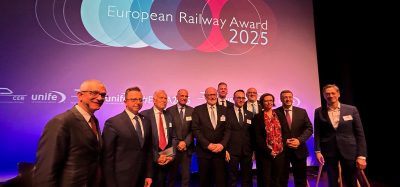20th century approaches to address 21st century challenges
Posted: 21 February 2025 | Elizabeth Jordan - Global Railway Review, Tom Bartley | No comments yet
Last week the UK’s transport regulator, the Office of Rail and Road (ORR), wrote to Network Rail stating concerns that the UK’s railway operator lacks sufficient understanding of the condition of its structures.


Citing concerns with both examinations and structural assessments, it reflects the consequences of using 20th century approaches to address 21st century challenges.
The condition of our ageing structures is becoming a critical national challenge, not just for Network Rail, but many others. It has been growing for years. The partial collapse of the Carola Bridge in Dresden, Germany, in September 2024, has intensified discussions about the state of critical infrastructure at home and abroad. Infrastructure built throughout the 19th and 20th centuries is reaching the end of its design life and starting to show the signs of its age. Many were not designed for the demands of modern populations and a changing climate, which is accelerating the problem.
For decades, managing our assets has relied on armies of inspectors physically visiting these structures to see what is going on with tedious, manual processes for documenting what they find. Creating and handing over the examination report in a paper format for an assessor to interpret and plug into structural calculations, not only takes significant time to complete, it introduces waste and uncertainty into an already pressurised work bank.
Doing things the same way won’t be enough to address the impending infrastructure condition crisis. To combat the backlog, we would need to train tens of thousands of people to cover all the asset inspections required, which would take years and simply isn’t feasible.
The ORR specifically calls out “asset stewardship” as being impacted by the missing condition data and capacity calculations. Not simply a safety threshold, the word stewardship speaks to the social and economic responsibilities of maintaining infrastructure. This stewardship can be seen as a subset of the wider role of asset custodianship, where monitoring and maintenance should be planned in the context of the asset’s own needs and the priorities of the wider portfolio.
We have been exploring how we can transform our thinking to Digital Custodianship and implement scalable methodologies and technology that complement our existing capabilities, provide the required knowledge to take targeted action and maintain our built assets.
Technology is at an inflection point where Artificial Intelligence and Machine Learning can optimise how we manage infrastructure, from the way we inspect structures to how we predict deterioration and plan maintenance. We are starting to see the potential of big data and automation in our daily lives, but much of infrastructure management remains stubbornly in the realms of paper and antiquated databases. Digital Custodianship is not about replacing engineers with technology. It is about preserving institutional knowledge, integrating historical data, and applying AI-driven insights to extend asset life and improve resilience. We want to ensure the right knowledge is available to the right people at the right time.
At Mind Foundry, we have been developing tactical technologies that address these challenges without requiring big IT transformation projects. From easy to use inspection apps that enable accurate condition capture and efficient transfer to the assessment stage, to using machine learning to optimise maintenance scheduling to reduce passenger disruption in constrained maintenance windows.
We are collaborating across domains, from clients in national and local authorities to their strategic suppliers. The core principles of custodianship remain as vital today as ever, but we can strengthen this approach to ensure infrastructure is maintained and truly understood and safeguarded for the future.
Tom Bartley, Director of Civil Infrastructure at Mind Foundry.
Related topics
Digitalisation, Funding & Finance, High-Speed Rail, Infrastructure Developments, Refurbishment, Route Development







